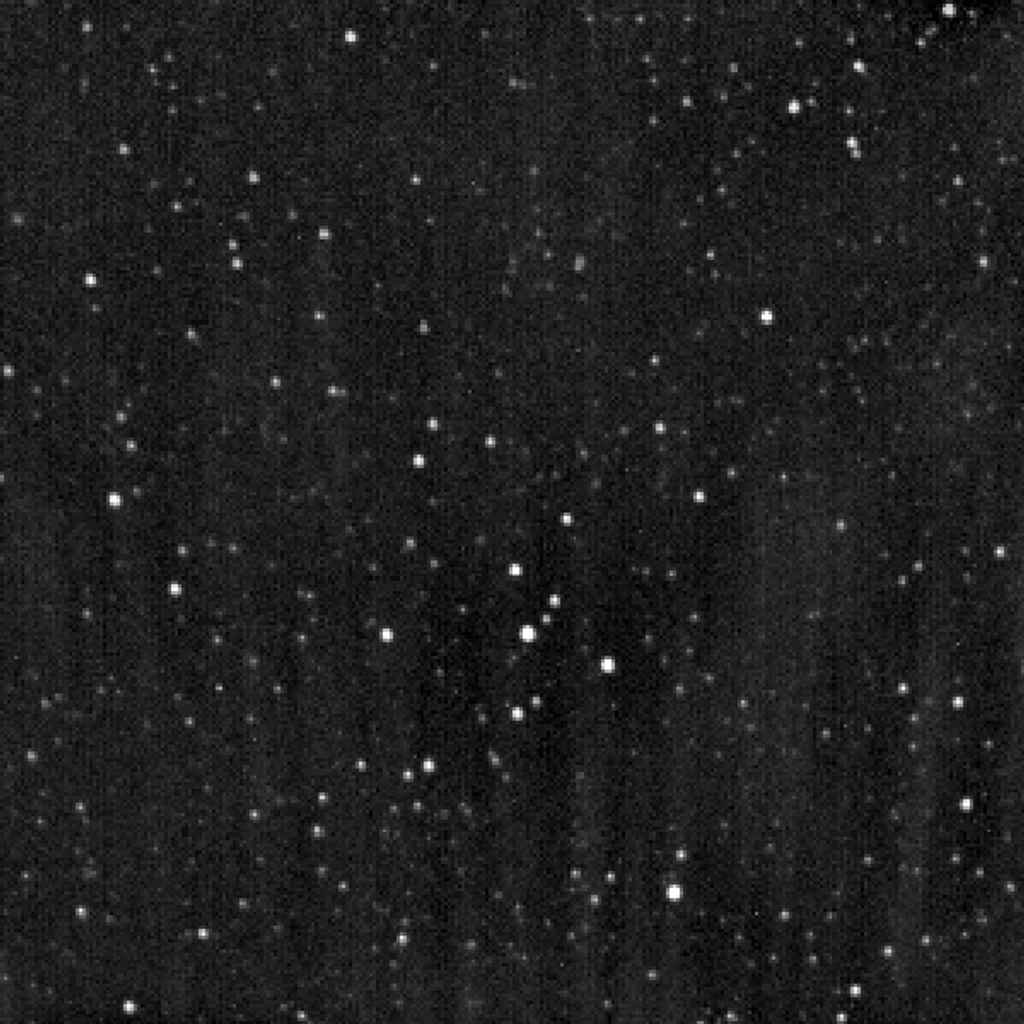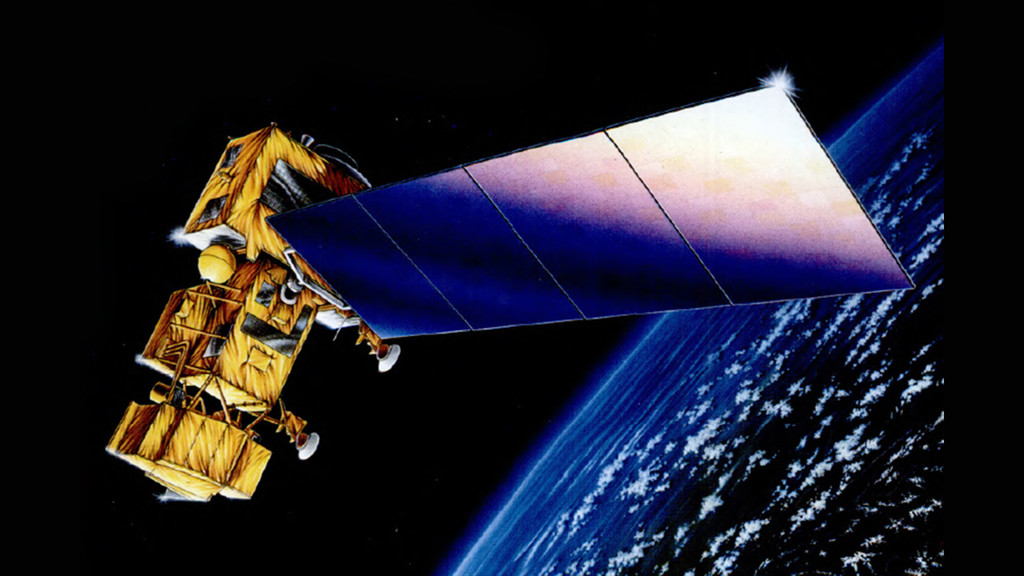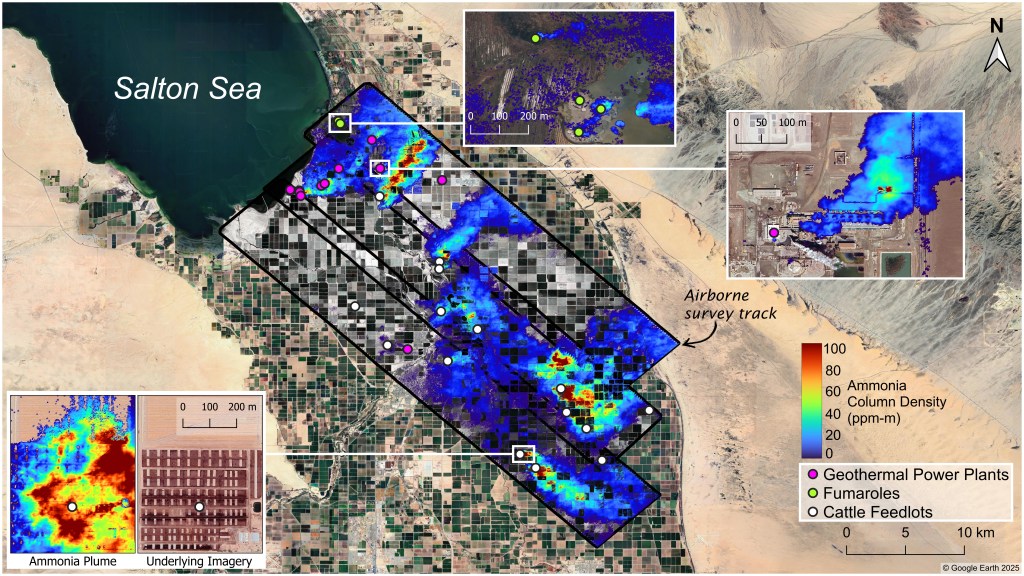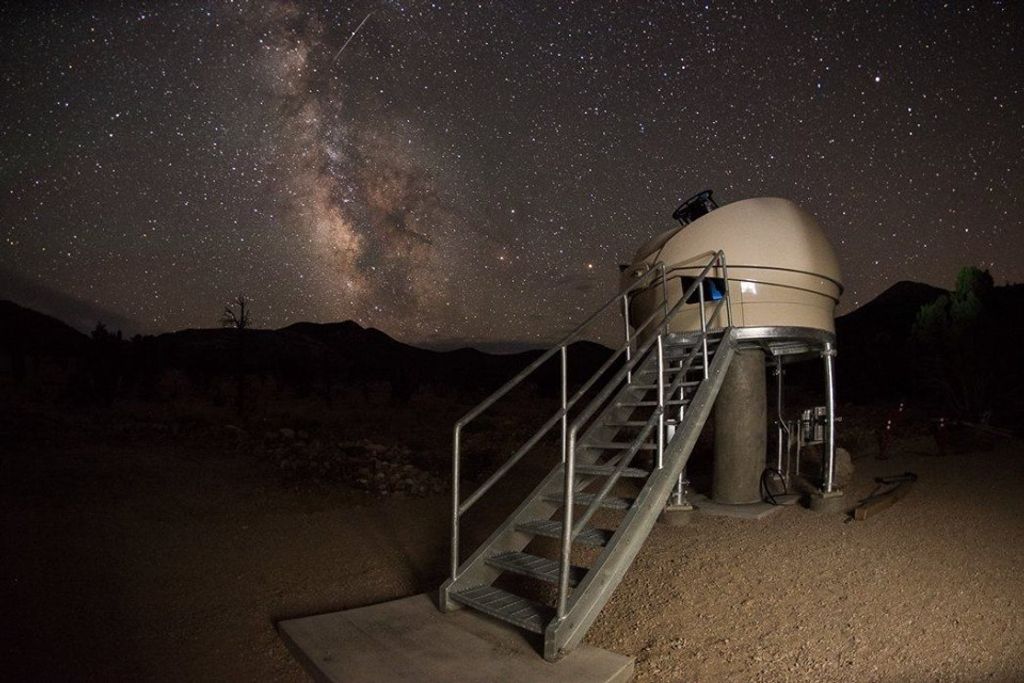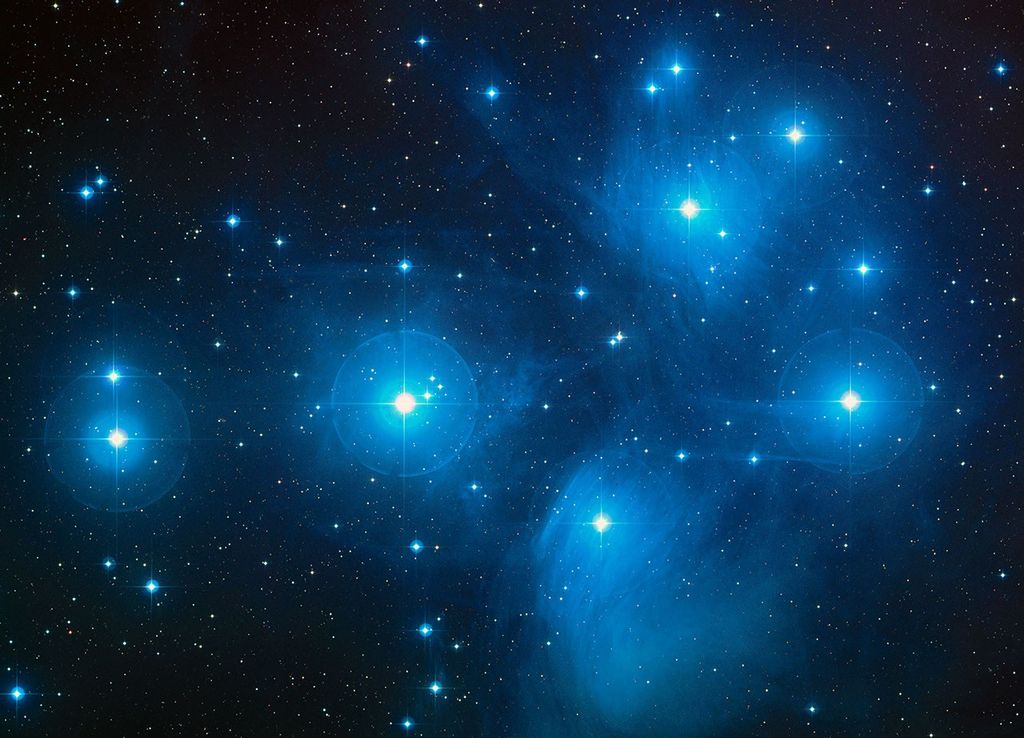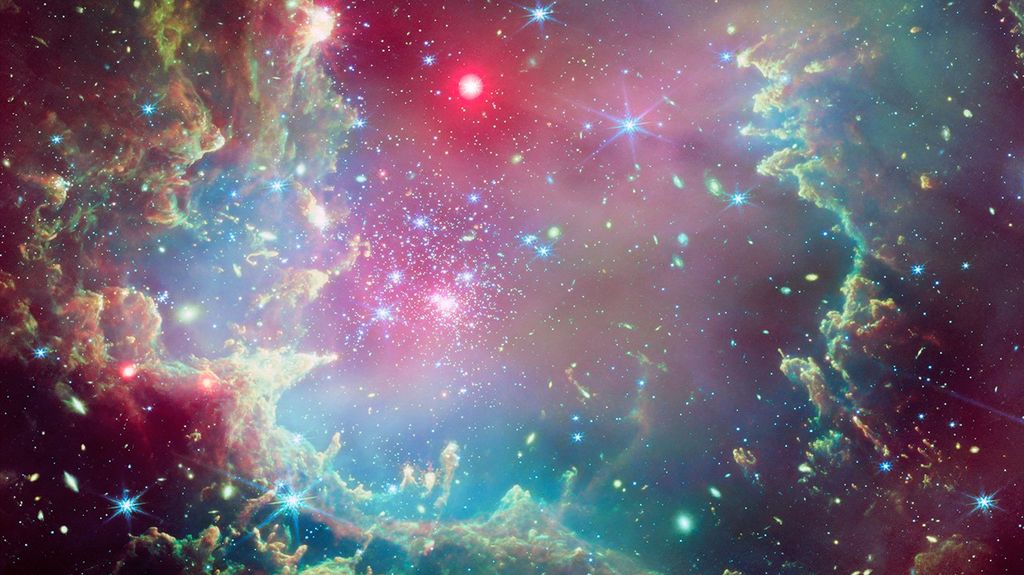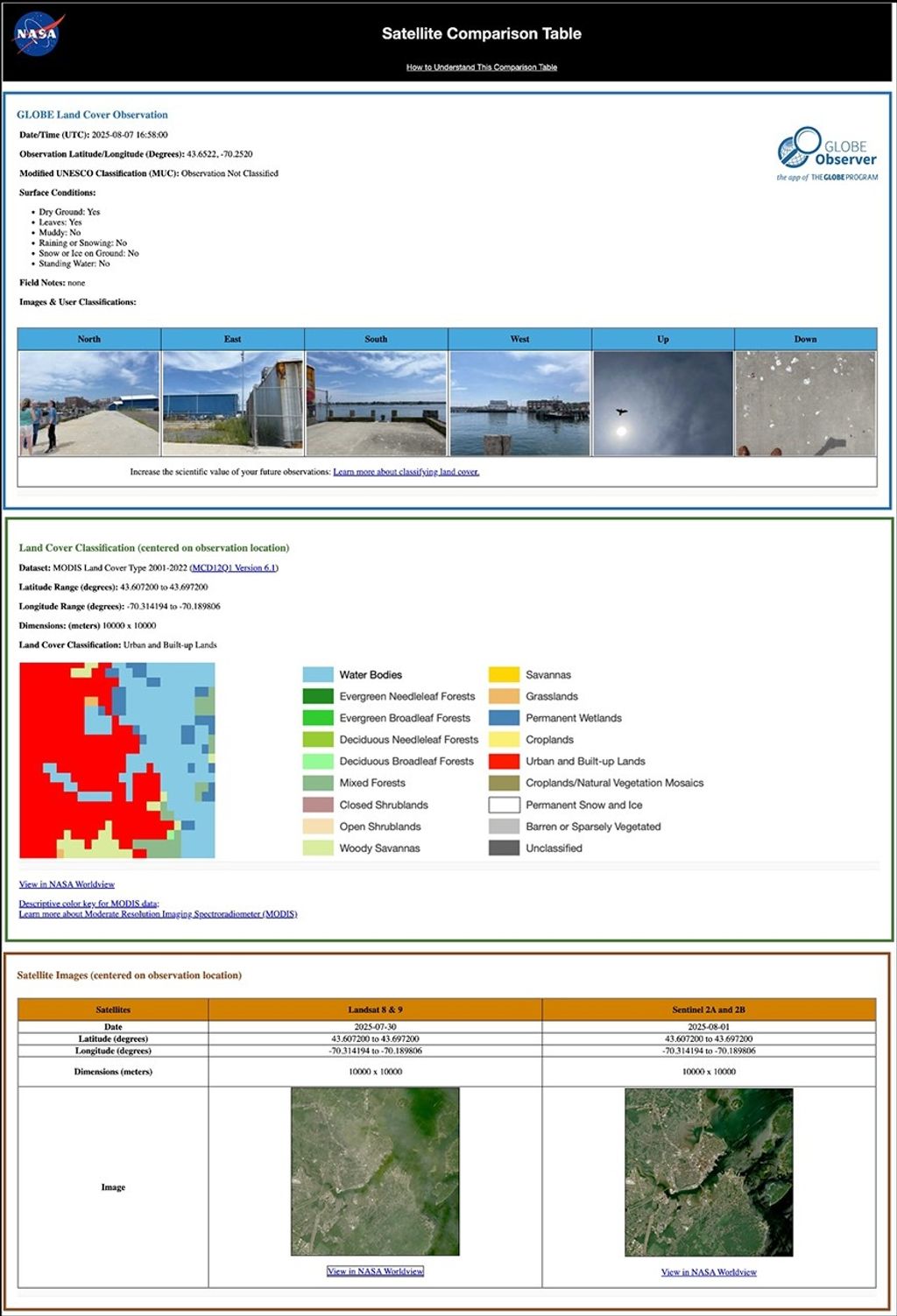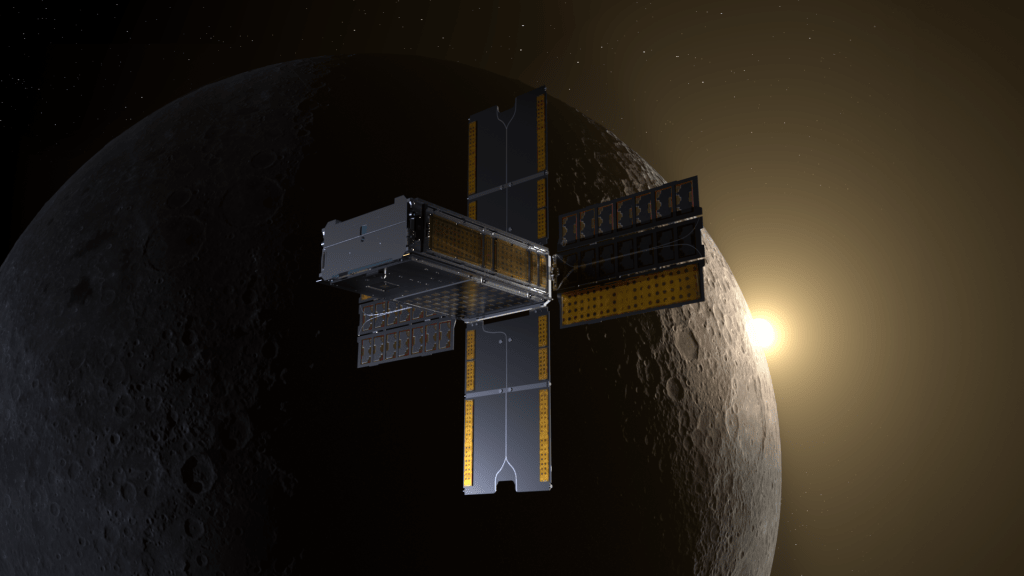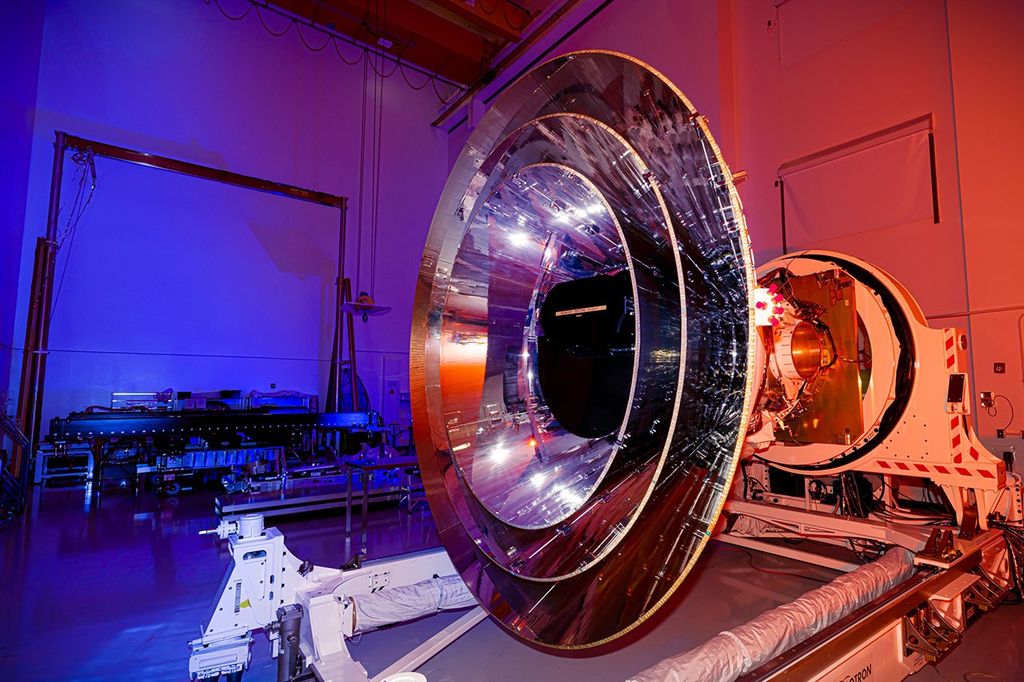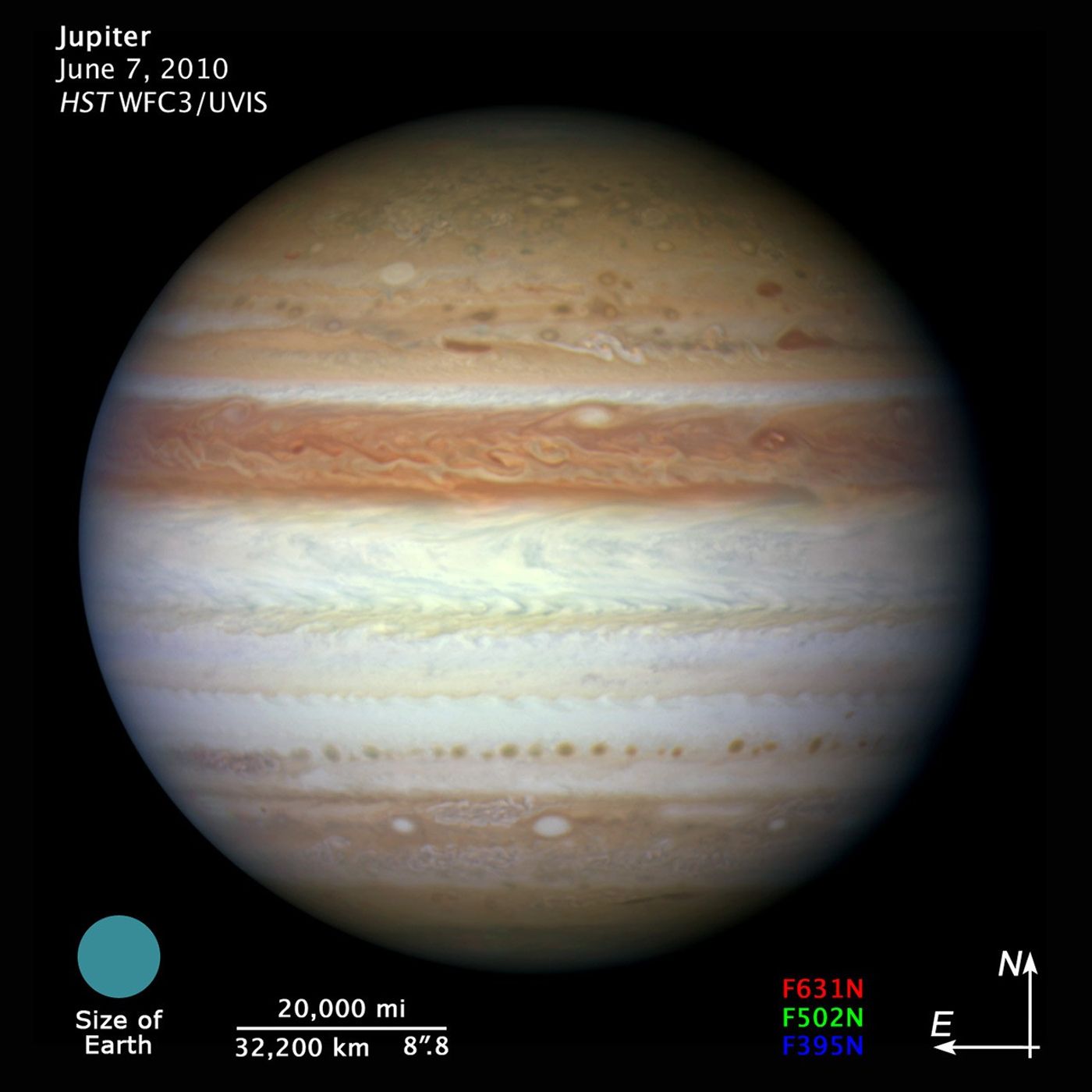1 min read
HST WFC3 Jupiter Image (July 23, 2009)

About the Object
- DistanceDistanceThe physical distance from Earth to the astronomical object. Distances within our solar system are usually measured in Astronomical Units (AU). Distances between stars are usually measured in light-years. Interstellar distances can also be measured in parsecs.The semi-major axis of Jupiter's orbit about the Sun is 5.2 astronomical units (483 million miles or 778 million km).
- DimensionsDimensionsThe physical size of the object or the apparent angle it subtends on the sky.The planet has a diameter of roughly 88,789 miles (142,984 km) at the equator.
About the Data
- Data DescriptionData DescriptionProposal: A description of the observations, their scientific justification, and the links to the data available in the science archive.
Science Team: The astronomers who planned the observations and analyzed the data. "PI" refers to the Principal Investigator.The image was created from Hubble data from proposal 12119: A. Simon-Miller (NASA Goddard Space Flight Center), H. Hammel (Space Science Institute, Boulder, Colo.), I. de Pater (University of California, Berkeley), L. Fletcher (University of Oxford), G. Orton (Jet Propulsion Laboratory), M. Wong (University of California, Berkley), A. Sanchez-Lavega (University of the Basque Country, Spain), J. Clarke (Boston University), and K. Noll (STScI). Note: The comparison data from HST WFC3 observations taken in 2009 are from proposals 12003 and 12045: H. Hammel (Space Science Institute, Boulder, Colo.), A. Simon-Miller (NASA Goddard Space Flight Center), J. Clarke (Boston University), I. de Pater (University of California, Berkeley), K. Noll (STScI), G. Orton (Jet Propulsion Laboratory), A. Sanchez-Lavega (University of the Basque Country, Spain), and M. Wong (University of California, Berkley). - InstrumentInstrumentThe science instrument used to produce the data.HST>WFC3/UVIS
- Exposure DatesExposure DatesThe date(s) that the telescope made its observations and the total exposure time.July 23, 2009
- FiltersFiltersThe camera filters that were used in the science observations.F395N (395 nm), F502N (502 nm), and F631N (631 nm)
- Object NameObject NameA name or catalog number that astronomers use to identify an astronomical object.Jupiter
- Object DescriptionObject DescriptionThe type of astronomical object.Planet
- Release DateJune 16, 2010
- Science ReleaseMysterious Flash on Jupiter Left No Debris Cloud
- Credit

The image is a composite of separate exposures made by the WFC3 instrument on the Hubble Space Telescope. Three filters were used to sample narrow wavelength ranges. The color results from assigning different hues (colors) to each monochromatic image. In this case, the assigned colors are: Blue: F395N (395 nm) Green: F502N (502 nm) Red: F631N (631 nm)
Related Images & Videos
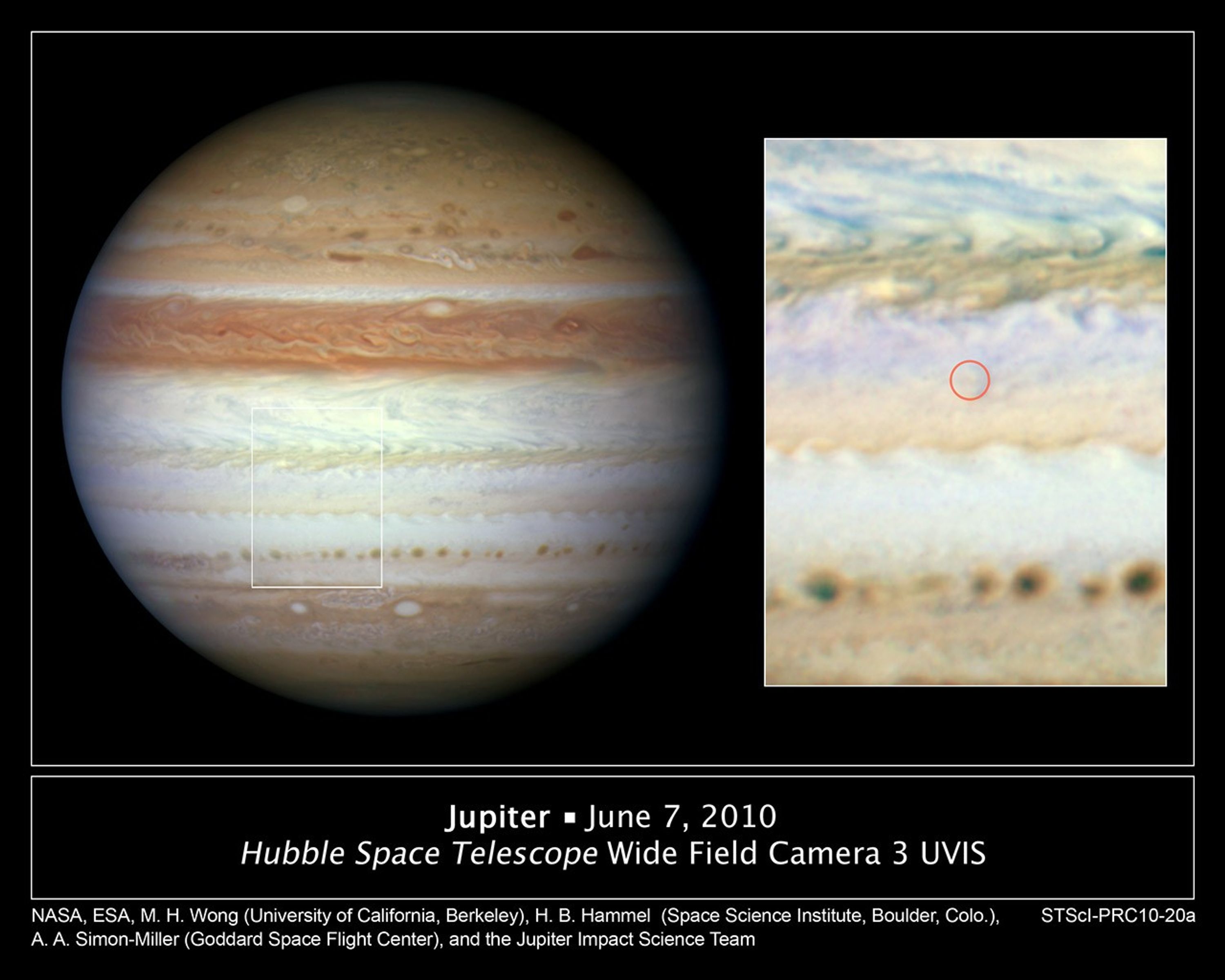
Mysterious Flash on Jupiter Left No Debris Cloud
Detailed observations made by the Hubble Space Telescope have found an answer to the flash of light seen June 3 on Jupiter. It came from a giant meteor burning up high above Jupiter's cloud tops. The space visitor did not plunge deep enough into the atmosphere to explode and...
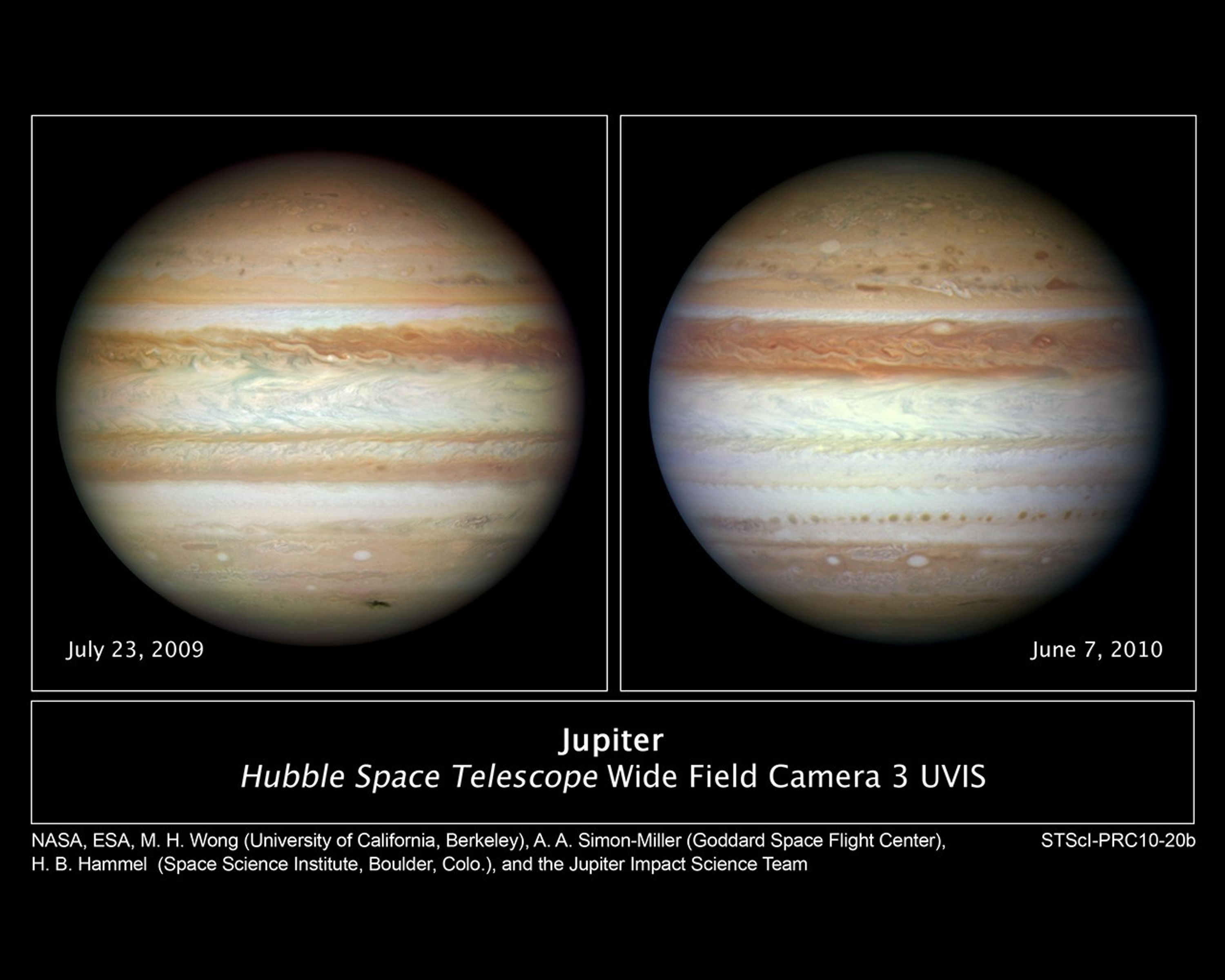
Hubble Sees Jupiter Change its Stripes
The giant stormy planet Jupiter has gone through a makeover, as seen in these comparative Hubble Space Telescope images taken nearly 11 months apart. Several months ago the dark Southern Equatorial Belt (SEB) vanished. The last time this happened was in the early 1970s, when we...
Share
Details
Claire Andreoli
NASA’s Goddard Space Flight Center
Greenbelt, Maryland
claire.andreoli@nasa.gov






